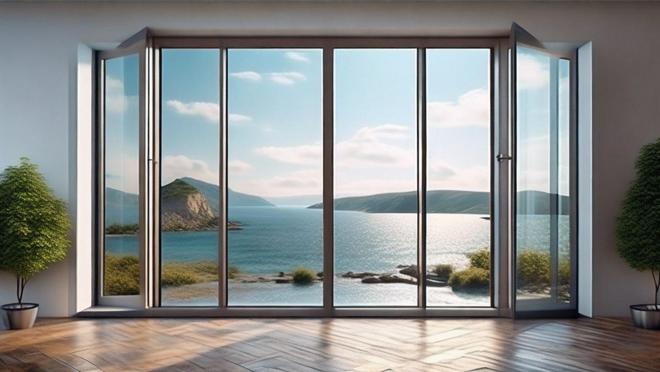How many window opening methods are there for broken-bridge aluminium doors and windows?
2024-07-03 Back
The common window opening methods of broken-bridge aluminium doors and windows mainly include the following:

1. Casement Window
There are two types: inward opening and outward opening.
Advantages: It offers a large opening area, excellent ventilation, superior sealing performance, good sound insulation, heat preservation and impermeability.
For instance, inward opening windows are more convenient for cleaning, while outward opening windows do not occupy indoor space.
2. Sliding Window
It is opened and closed by sliding from left to right.
Advantages: It doesn't occupy space, is simple and aesthetically pleasing, and the operation is relatively effortless.
For example, in situations where space is limited, the sliding window is an excellent choice.
3. Top-Hung Window
The upper part of the window opens inward or outward at a certain angle.
Advantages: It can prevent rain on rainy days. When ventilating, the wind doesn't blow directly onto the human body, ensuring higher safety.
For example, top-hung windows are often employed in spaces such as kitchens and bathrooms.
4. Bottom-Hung Window
The lower part of the window opens inward or outward at a certain angle.
Advantages: It provides good ventilation performance and makes it convenient to clean the outside of the window.
5. Inward Opening and Inward Tilting Window
It can open inward horizontally and tilt inward at a certain angle.
Advantages: It combines the advantages of both casement windows and top-hung windows. It can not only facilitate large-area ventilation but also enable slight ventilation and prevent rain on rainy days.
6. Outward Opening and Top-Hung Window
It opens outward horizontally or outward top-hung.
Advantages: It increases the exchange of indoor and outdoor air and has a certain rain-proof functionality.

Different window opening methods have their own distinctive features and can be selected based on actual needs and usage scenarios.




